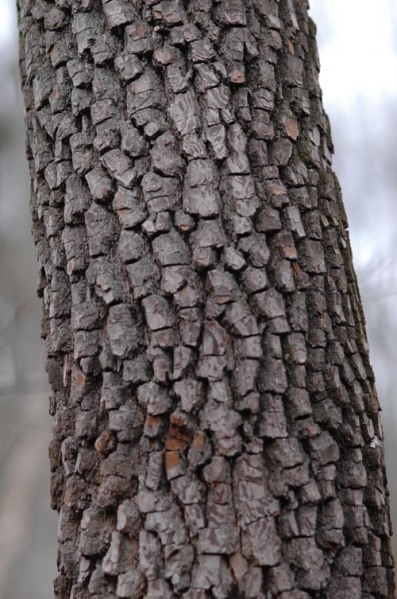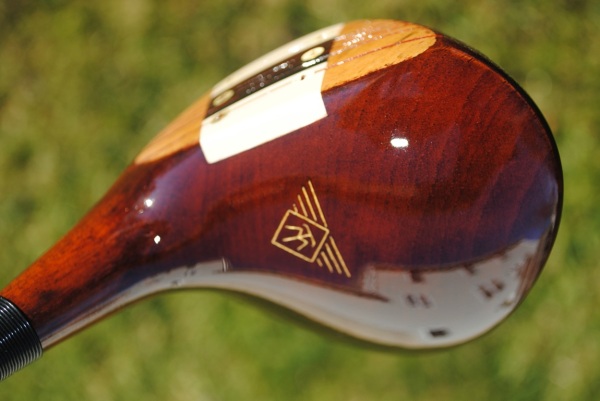- (515) 967-9575
- 237 NE 80th St | Pleasant Hill, IA 50327
Come see our Flight Before Christmas in our Flight Zone Toptracer.
Open Monday-Saturday 9a-10p & Sundays 10a-5p Su until January 10!
Come see our Flight Before Christmas in our Flight Zone Toptracer.
Open Monday-Saturday 9a-10p & Sundays 10a-5p Su until January 10!
Tom’s back with another Non-Native Tree found on the golf course. To find out about other trees, click here or here.
Author: Tom Brady
Persimmon Diospyros virginiana
Persimmon is a deciduous tree with distinctive dark thick bark typically broken into small squarish blocks. When young, the bark is lighter brown with pale fissures.
 The leaves are 2 – 5 inches long, somewhat thickened, egg-shaped and without teeth. They are dark lustrous green above and much paler below.
The leaves are 2 – 5 inches long, somewhat thickened, egg-shaped and without teeth. They are dark lustrous green above and much paler below.
 Persimmon has a medium growth habit reaching 30 – 50 feet and half as wide. The fruit is an edible berry one to one half inches in diameter, yellow to orange when ripe, and with one to eight flat brown seeds enclosed. They make you “pucker up” if you taste them before they are ripe. They say it takes a frost to ripen them, but I wouldn’t plant the tree for its fruit production. To me, they seem awfully mushy when ripe.
Persimmon has a medium growth habit reaching 30 – 50 feet and half as wide. The fruit is an edible berry one to one half inches in diameter, yellow to orange when ripe, and with one to eight flat brown seeds enclosed. They make you “pucker up” if you taste them before they are ripe. They say it takes a frost to ripen them, but I wouldn’t plant the tree for its fruit production. To me, they seem awfully mushy when ripe.
 Persimmon is native to the southeastern United States but should grow anywhere in Iowa. Although like any tree with a wide range, seed source location is critical to its success.
Persimmon is native to the southeastern United States but should grow anywhere in Iowa. Although like any tree with a wide range, seed source location is critical to its success.
I’ve found a 30 foot tree producing fruit at Ewing Park in Des Moines. It requires a pollinator, so there must be a male nearby, but I haven’t noticed one. There are also several trees at the Iowa Arboretum in Luther, Iowa. The tree is in the Ebony family and the wood is close-grained and hard. Golf club heads were formerly made of persimmon before metal “woods” took over.

There are several of these on the golf course but currently no fruit. To the right of ladies eight tee is a large Pin Oak. North of that Pin Oak about 50 feet is a Persimmon.
Join our Birthday Club to receive free golf! Boo yah!